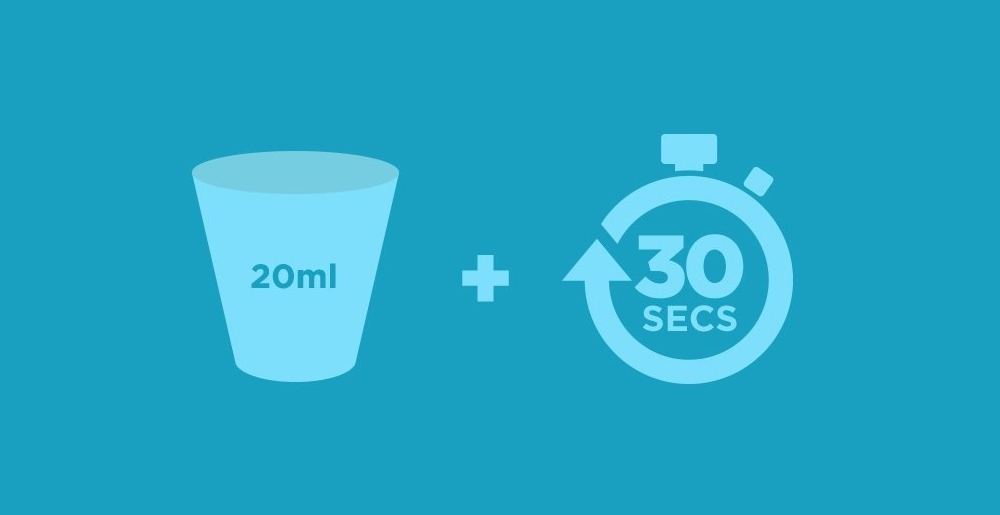What's This Sticky Film On My Gums When I Wake Up?
On almost any surface, a thin layer of bacteria known as biofilm can stick. That’s why your gums and teeth may feel like they’ve been covered in slime when you wake up in the morning. Biofilm is normal and happens to everyone—even if you brush, floss and rinse with an antibacterial mouthwash. But when you don’t remove the biofilm on a daily basis, it can build and develop into dental plaque.
Dental plaque which could lead to gum disease is made up of bad bacteria (the kind that thrives on sugar left behind on gums and teeth and turns into tooth-decaying acid) and good bacteria (the kind that makes normal biofilm less enticing to acid-hungry bacteria).
A person with super-solid home dental care, who brushes, flosses, and swishes daily, can control and minimize the size of the biofilm, and potentially make it even healthier by increasing the amount of good bacteria it contains. But when you clean and rinse your gums and teeth less frequently, biofilm (typically pale yellow in colour) can harden into tartar and gets thicker which only dentists and their professional tools can remove. Stick to your rinsing routine to keep your biofilm in its healthier condition.
Why Are My Gums Bleeding?
As we age, it’s increasingly common to see a drop or two of blood in the sink after brushing or flossing–so commonplace that many of us convince ourselves it’s not a big deal. But bleeding gums—even during a dentist cleaning—are not normal and not healthy. They’re a sign—possibly along with other often-missed red alerts like puffy, red, irritated gums—of gingivitis (early gum disease). Millions of adults have some form of gum disease, yet only a very small fraction realize it because gum pain is not an early symptom. The good news: early-stage gum disease is reversible, through improved daily mouth care and more frequent visits to the dentist for plaque and tartar removal with professional tools.

TIPS FOR A HEALTHIER MOUTH
Go Beyond Just Brushing